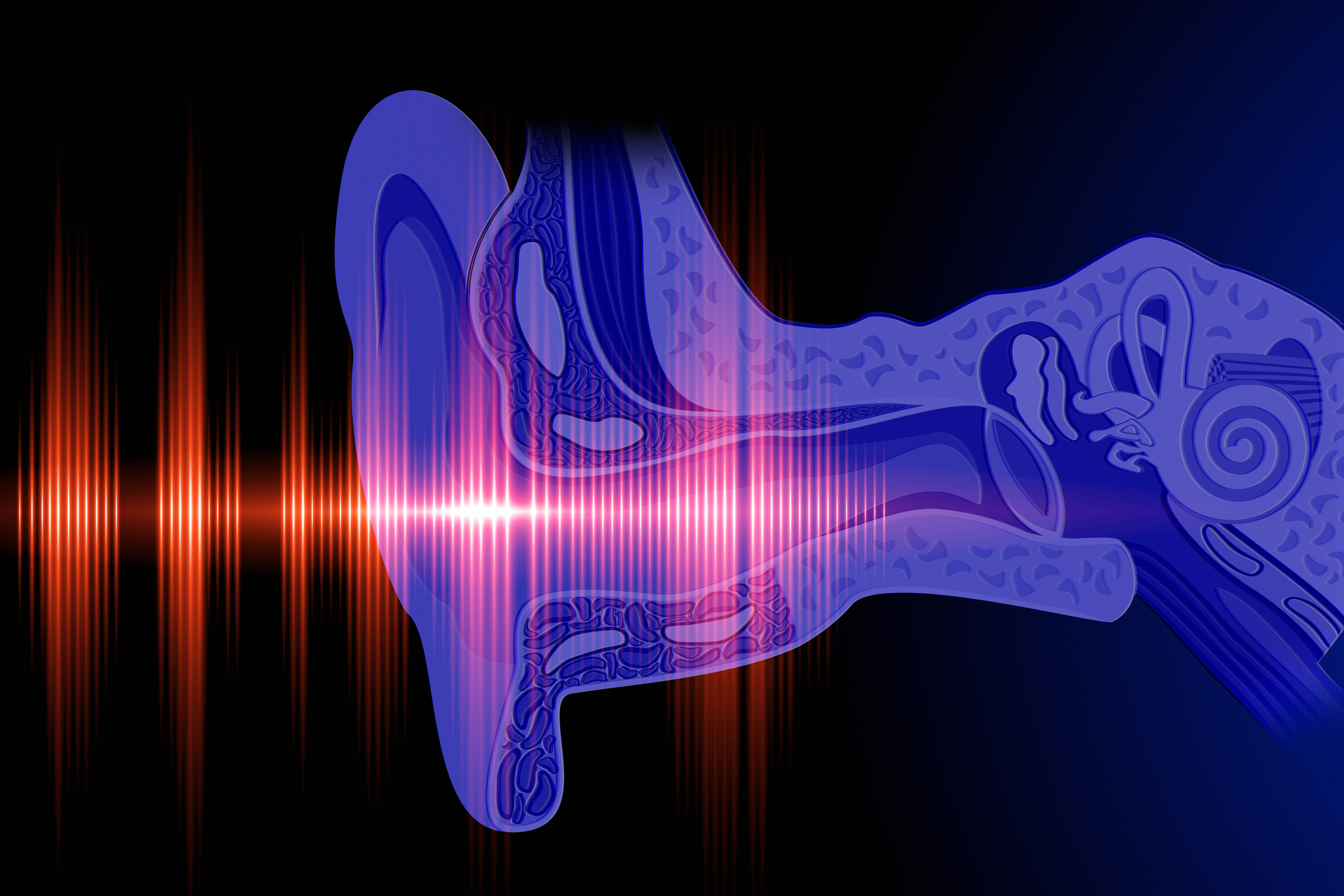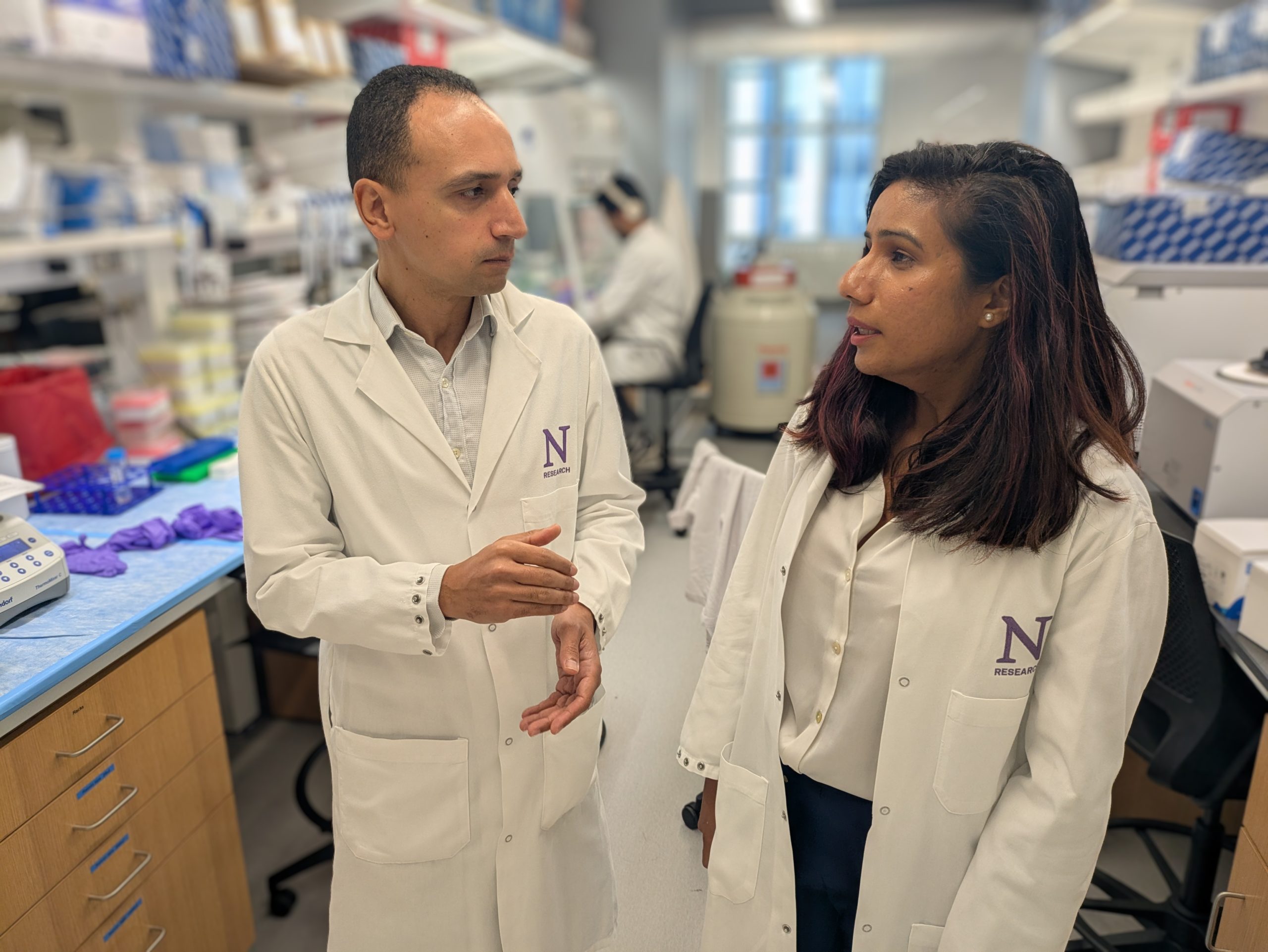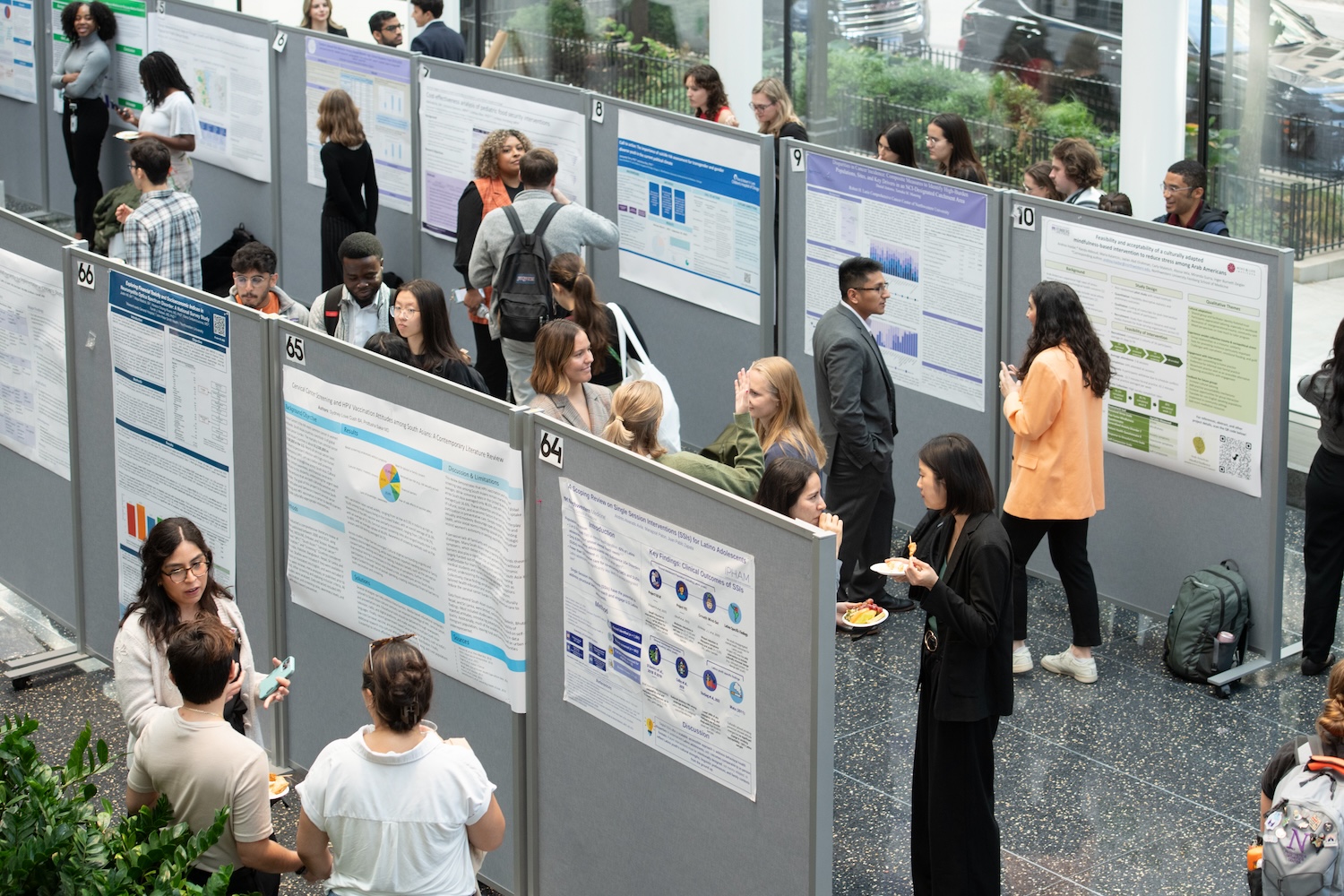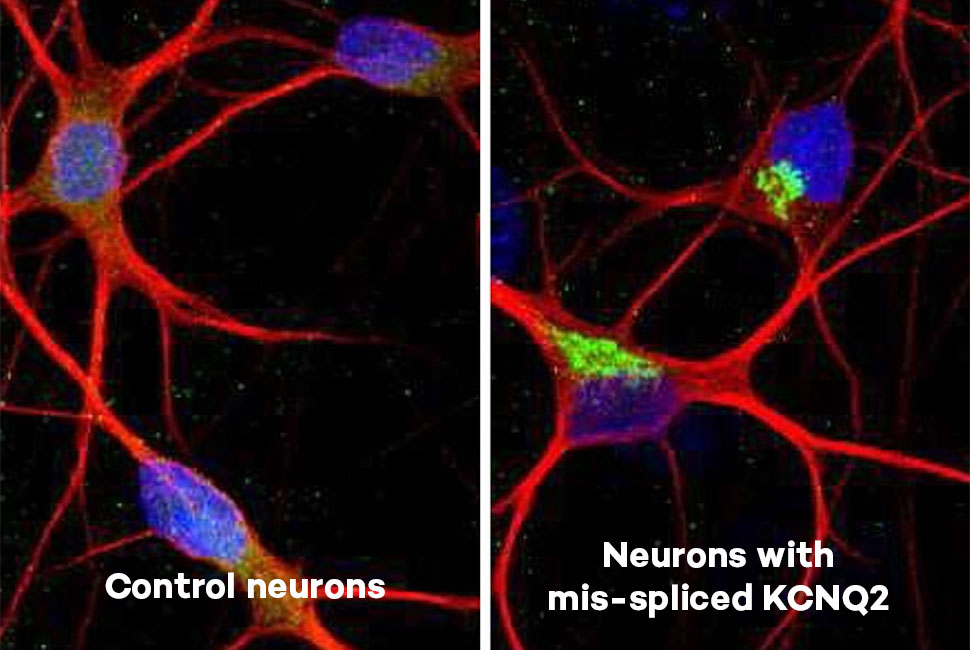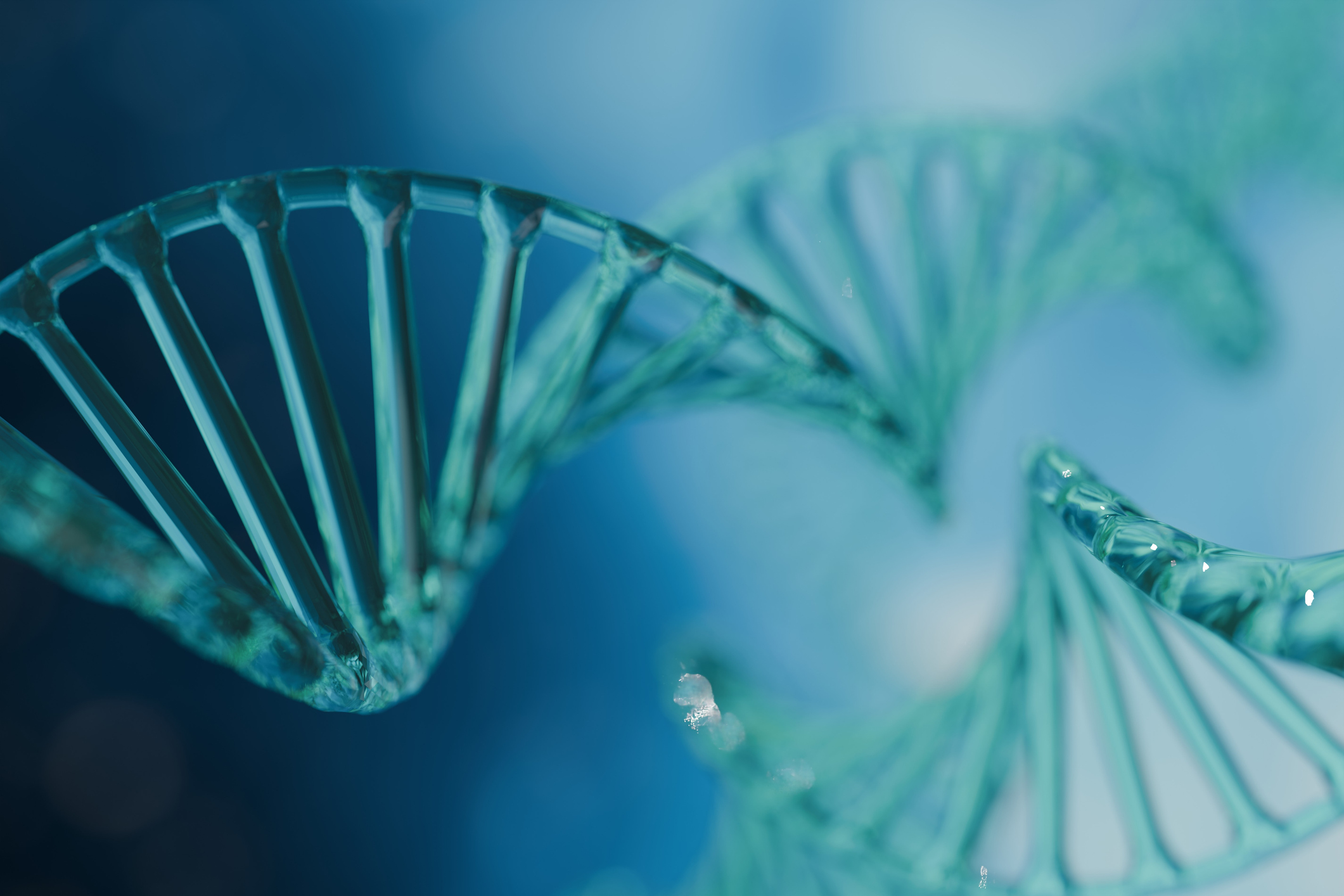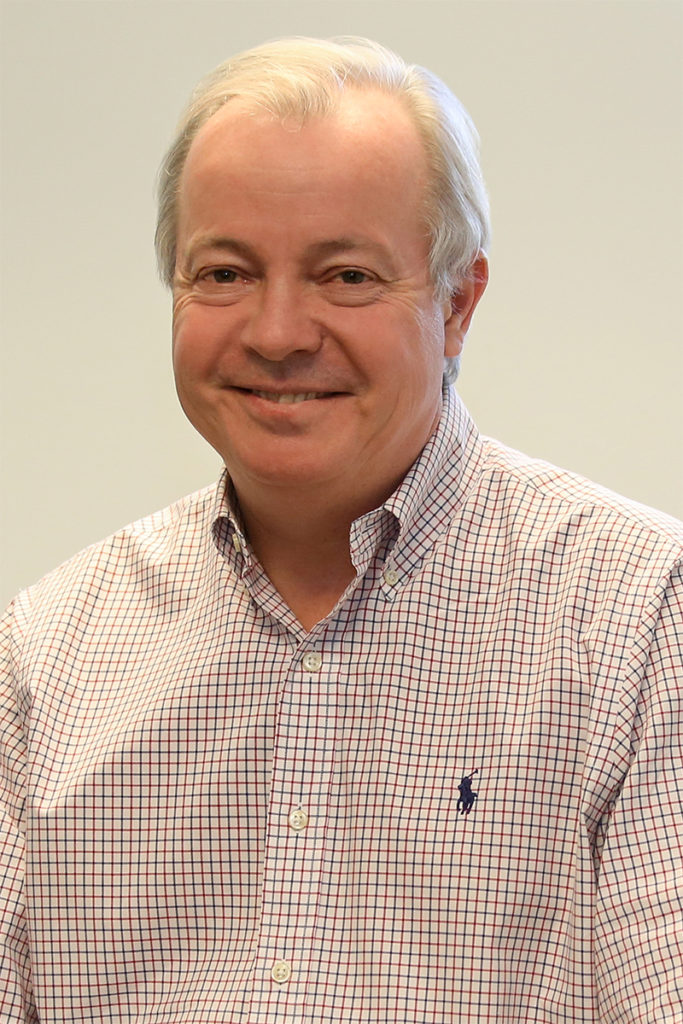
Northwestern Medicine scientists have uncovered how a specific type of cell in the inner ear plays a commanding role in shaping the cellular landscape of the organ responsible for hearing, according to a study published in Science Advances.
The research, conducted in mice, focused on the organ of Corti—a finely structured part of the cochlea that converts sound vibrations into electrical signals for the brain. This organ is composed of two types of sensory hair cells and six types of supporting cells, arranged in a precise 11-row mosaic. The study revealed how inner hair cells (IHCs), one of the two sensory cell types, act as developmental architects, guiding the formation and organization of their neighboring supporting cells.
“This study transcends the importance it has for hearing and treating deafness,” said Jaime García-Añoveros, PhD, professor of Anesthesiology and Neuroscience and in the Ken and Ruth Davee Department of Neurology, who was senior author of the study. “Using genetic means, we can switch one cell into another and then observe in early, middle, or late development, what it is doing to the other cells that form the organ. This is something that one would want to do in every other organ.”
To understand how IHCs influence their surroundings, investigators genetically altered hair cells at various stages of development and also created mice lacking IHCs entirely.
Investigators observed that IHCs promote the formation of outer pillar cells while suppressing the development of Deiters’ cells within the inner ear, ensuring that each cell type occupies distinct rows. Additionally, IHCs were found to be essential for the early formation of inner phalangeal cells, attracting these cells to envelop them during development and beyond.
These experiments showed that IHCs are not passive participants in ear development—they actively direct the fate and arrangement of nearby supporting cells.
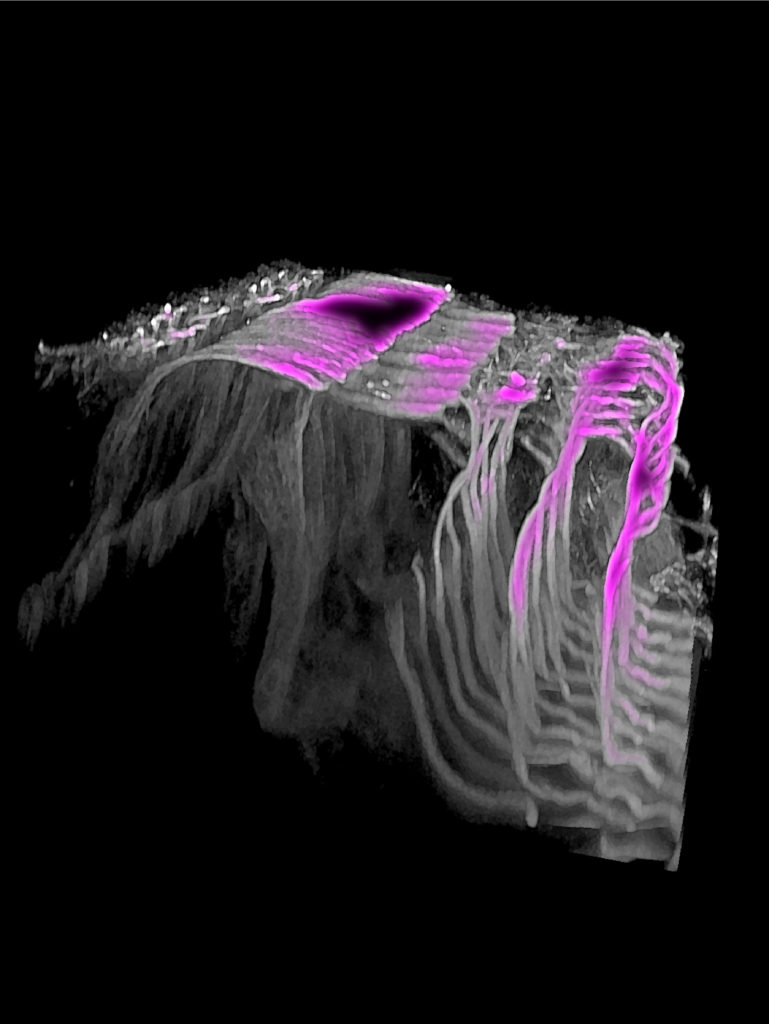
“In this study, we switched the identities between two sensory cell types and used these interconversions to elucidate the non-cell-autonomous roles played by these cells in organ assembly,” said García-Añoveros, who is also a member of the Hugh Knowles Center for Clinical and Basic Science in Hearing and Its Disorders.
. “Unlike most other genetic studies, ours does not address the function of genes, but of cells, in the formation of the complex multicellular structures that are organs.”
This discovery sheds light on the developmental choreography behind the organ of Corti’s complex structure. The study also highlights the complex cellular communication that occurs during organ formation and underscores the inner hair cell as a central conductor in the symphony of hearing.
Since damage to hair cells and supporting cells is a significant cause of hearing loss, insights into their developmental interplay may help scientists design strategies to rebuild or repair the inner ear and restore hearing.
“The inner hair cells actually are quite bossy and give signals to arrange the other cells in the organ,” García-Añoveros said. “In terms of regenerating hearing, you don’t just need a hair cell. You need a hair cell teamed up with these specialized cells that provide support. The support cells are actually very important for hearing.”
Moving forward, the García-Añoveros laboratory will continue to study the interplay between cell types involved in hearing, he said.
“Now, we hope to complete the puzzle,” García-Añoveros said. “If we change an outer supporting cell into an inner supporting cell or into another type of outer supporting cell, we can find out what the role of each cell is in organizing the organ. Some follow instructions, others give them, and we want to understand this series of commands.”
Ignacio García-Gómez, PhD, research assistant professor of Anesthesiology, was the first author of the study.
The study was supported by National Institutes of Health grants R01 DC015903, R01 DC019834 and R01 DC022489, as well as a gift from the Wolfe Family Charitable Foundation.

